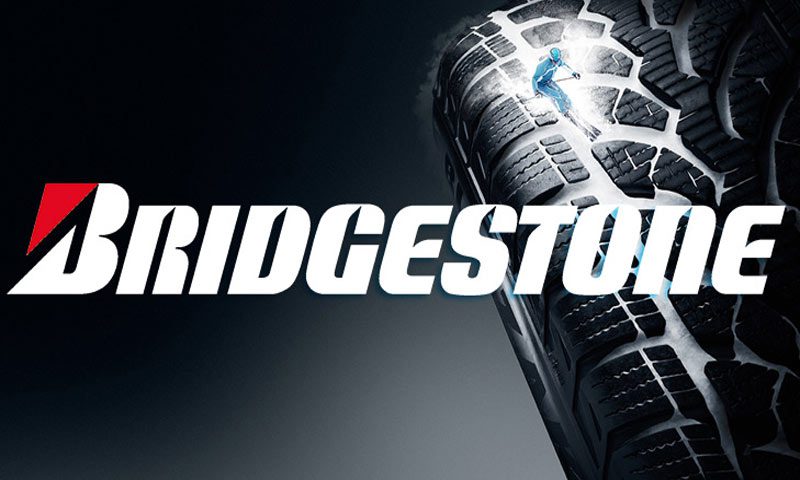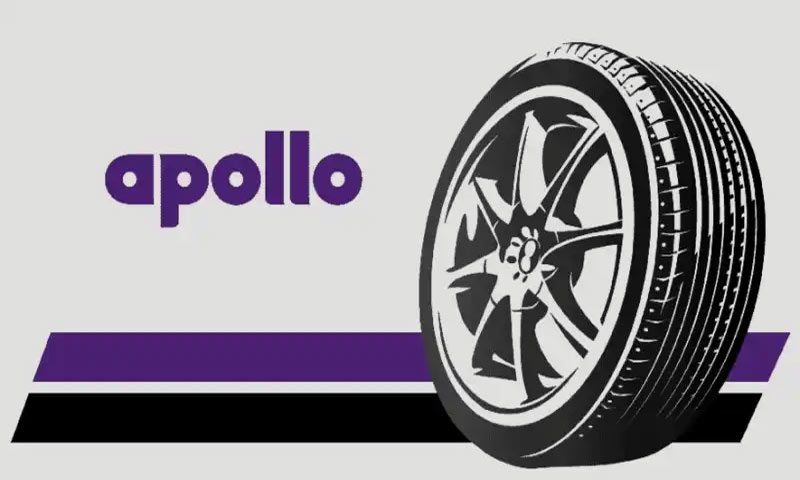Push buttons are switches that allow a machine or appliance to manage its power. These are often composed of metal or thermoplastic and provide the user with incredibly easy access. Push buttons are used to control the continuous flow of power through the devices in electric circuits. These are only visible or sensory push buttons that are simple to use with our hands and fingers.
These switches are used in a wide variety of homes and industrial products, including locks, pushbuttons, telephones, kitchen appliances, and calculators. There are facilities for distinct colours for various push buttons on large-scale machines. The push button is made simple to use by these colours, which shows what it does. Our common appliances and equipment typically just feature one or two push buttons, making them easier to use.
How Push Button Operates
Push buttons operate using a straightforward but smart method. Typically, these switches include an internal spring mechanism. The button is returned to its “in” and “out” positions by this spring. The push button is considered to be in the “on” position when this spring makes contact with two wires, allowing power to be supplied to the device. The push button is considered to be in the ‘off’ position when the spring’s contact with the two wires is broken.


Various Push Button Types
Default Off
These push buttons are often in the “off” position, and until the button is pressed to the “on” position, the circuit is broken or interrupted. A water heater, for instance, includes a push button labelled “default off,” which causes the device to stay off until the switch is turned on.
Default- On
Here, the circuit is not broken; rather, it is still in place, with a continuous power supply until the push button is turned off. The circuit is broken when this ‘turning-off’ incident takes place.
Non-Momentary Contact
Here, in order to switch the device on or off, you must press the push button twice. The button may, at times, have to be manually pulled out in order to break the electrical circuit. Radios, TVs, and audio gadgets, among others, include these buttons. To put it another way, one touch initiates the circuit, and another closes it, and so on.
The many types of push buttons, such as single-throw, double-throw, contact type, mounting type, actuator type, and panel cut-out diameter, are usually available.
Conclusion
Due to their little size, push buttons are ideal for use in tiny consoles and appliances since they can fit in places where larger buttons cannot. Additionally, because they only need a light touch to work, these are simple to use. Push buttons have the advantage of preventing accidental gadget activation or deactivation because you must physically press the button; a bump will not be sufficient for turning on the device.
Push button switches provide an all-around dependable, adaptable, and user-friendly option for a variety of applications. There is probably a push-button switch that will suit your demands, whether you need one for heavy-duty industrial equipment or consumer electronics.




















